Wirtgen WS 220
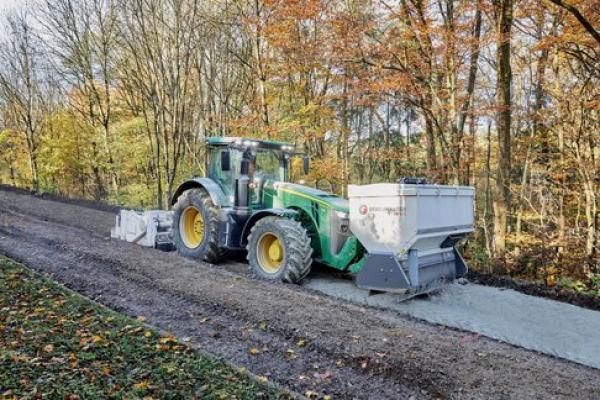
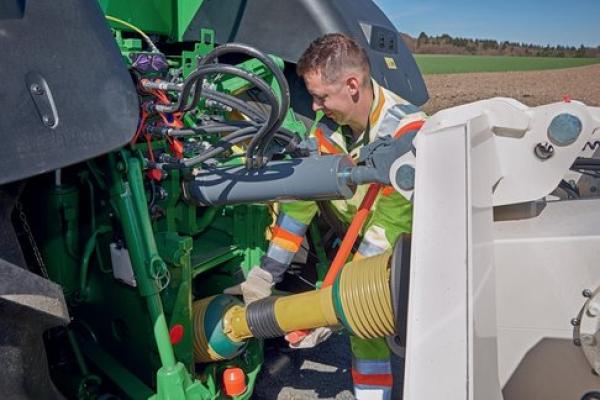
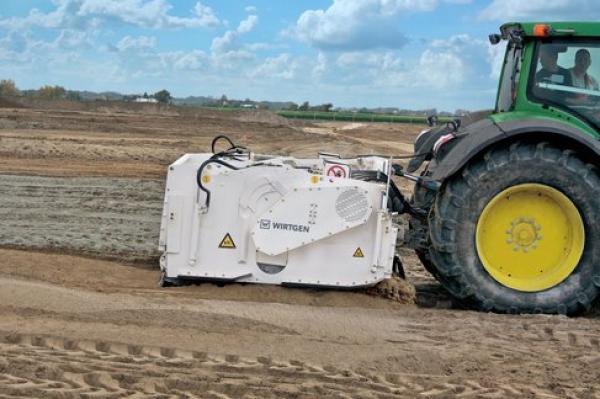
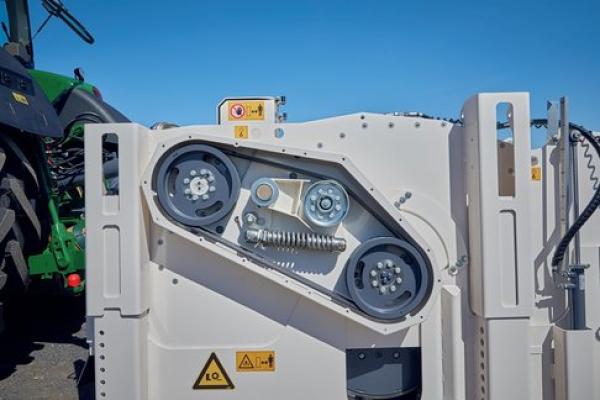
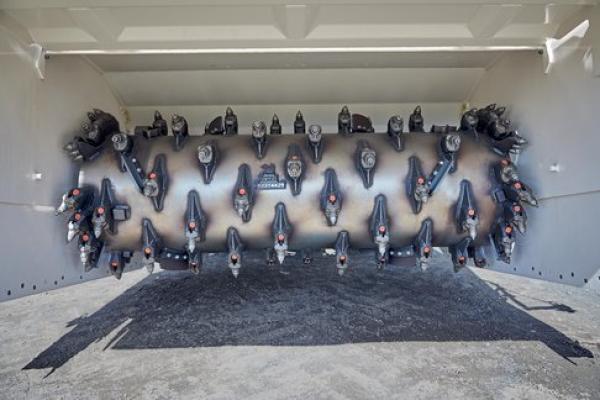

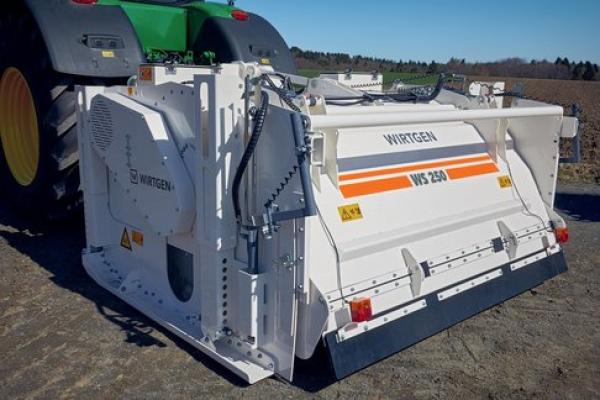
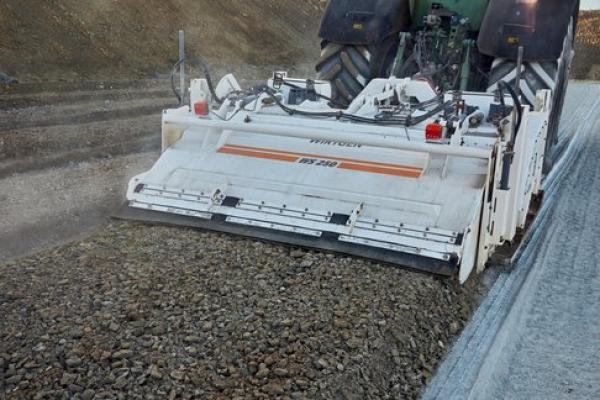

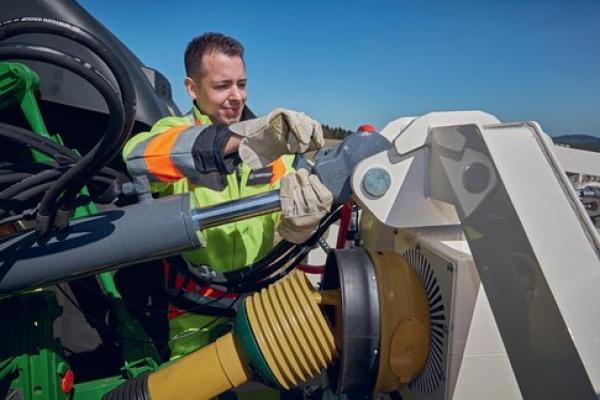
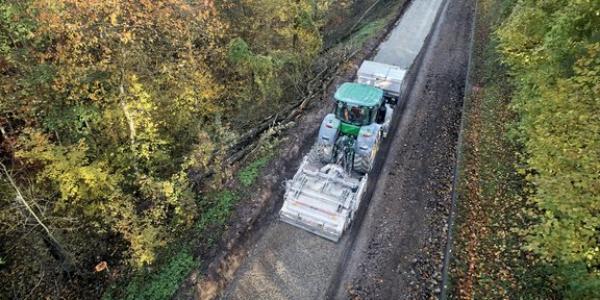
| Make | Wirtgen |
| Model | WS 220 |
| Type | Tractor-Towed Stabilizers |
How can we help?
Description
The powerful unit for effective soil stabilisation
-
The WS 220 tractor-towed stabilizer is designed for efficient soil stabilization at a working width of 7' 1" (2.15 m).
-
Their range of applications covers both soil improvement and soil strengthening measures.
-
In soil improvement, the tractor-towed stabilizers produce soils suitable for placing and compacting to create embankments, slopes, backfills or site haulage roads.
-
In soil strengthening, they create load-bearing surfaces for the construction of parking lots, roads, sports grounds, track beds, harbour facilities, airports or industrial parks.
Models
Soil stabilization with tractor-towed stabilizers
Whether heavy, coarse-grained, or sandy, the tractor-towed stabilizer reliably transforms the sub-base into a surface with excellent paving and compacting properties. Mixed granulate that is too coarse is crushed in the mixing chamber by the milling and mixing rotor. Soft soil is covered with lime, e.g. by a spreader truck, before processing. During the subsequent, homogeneous mixing process using the milling and mixing rotor, the lime removes the moisture from the soil.
The recipe for increasing long-term stability in the face of traffic and weather conditions is to strengthen the soil by adding binding agents such as cement. The result of soil stabilization is a rigid surface with a permanently high bearing capacity as well as excellent frost resistance.
Mixing procedures
Cold recycling can either be carried out in-plant by transporting the material recovered from an existing road to a central warehouse and passing it through a mixing plant, or in-place/in-situ using a cold recycler.
In the in-place/in-situ mixing process, a cold recycler granulates the existing pavement and homogeneously mixes in the binding agent and water.
In the in-plant mixing process, RAP and crushed rock are transported to a mixing plant near the construction site.
Specifications
- SPECIFICATIONS - Driveshaft: with 1 ¾” internal toothing, 20 or 6 teeth
- SPECIFICATIONS - Driveshaft speed: 1,000 rpm
- SPECIFICATIONS - Loading weight, front: 5,511.6 - 6,613.9 lbs
- SPECIFICATIONS - Max. output at the driveshaft: 280 kW / 376 hp
- SPECIFICATIONS - Operating weight, CE: 9,910 - 10,461 lbs
- SPECIFICATIONS - Rear power lift: Three-point, category 3 and 4
- SPECIFICATIONS - Recommended engine power: 180 kW / 242 hp
- SPECIFICATIONS - Travel drive: continuous 0 – X km/h
- SPECIFICATIONS - Working depth: 20 in
- SPECIFICATIONS - Working width max.: 7 ft 1 in
Links
Copy Set
Soil stabilization with tractor-towed stabilizers
Whether heavy, coarse-grained, or sandy, the tractor-towed stabilizer reliably transforms the sub-base into a surface with excellent paving and compacting properties. Mixed granulate that is too coarse is crushed in the mixing chamber by the milling and mixing rotor. Soft soil is covered with lime, e.g. by a spreader truck, before processing. During the subsequent, homogeneous mixing process using the milling and mixing rotor, the lime removes the moisture from the soil.
The recipe for increasing long-term stability in the face of traffic and weather conditions is to strengthen the soil by adding binding agents such as cement. The result of soil stabilization is a rigid surface with a permanently high bearing capacity as well as excellent frost resistance.
Mixing procedures
Cold recycling can either be carried out in-plant by transporting the material recovered from an existing road to a central warehouse and passing it through a mixing plant, or in-place/in-situ using a cold recycler.
In the in-place/in-situ mixing process, a cold recycler granulates the existing pavement and homogeneously mixes in the binding agent and water.
In the in-plant mixing process, RAP and crushed rock are transported to a mixing plant near the construction site.

